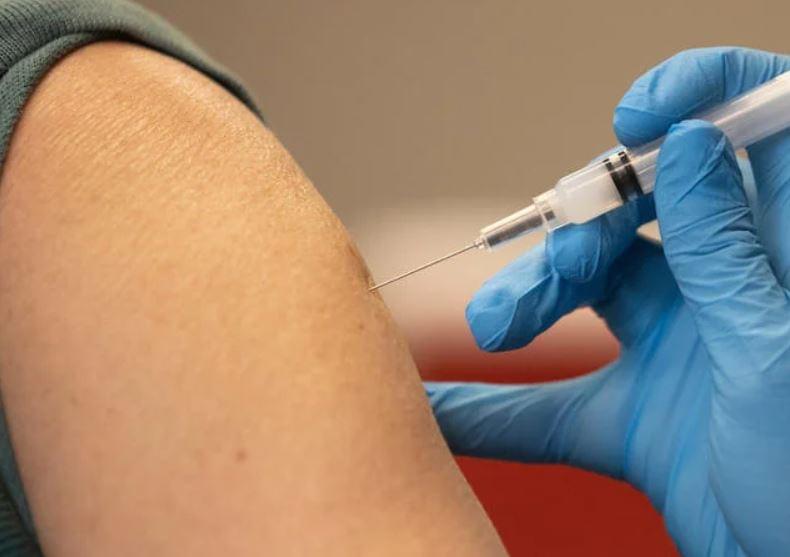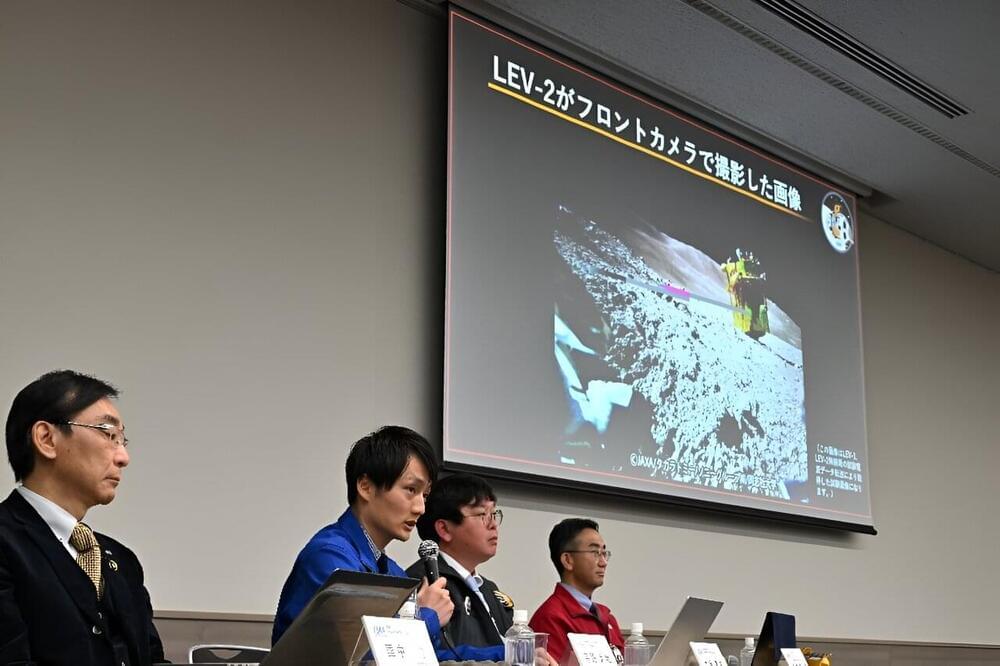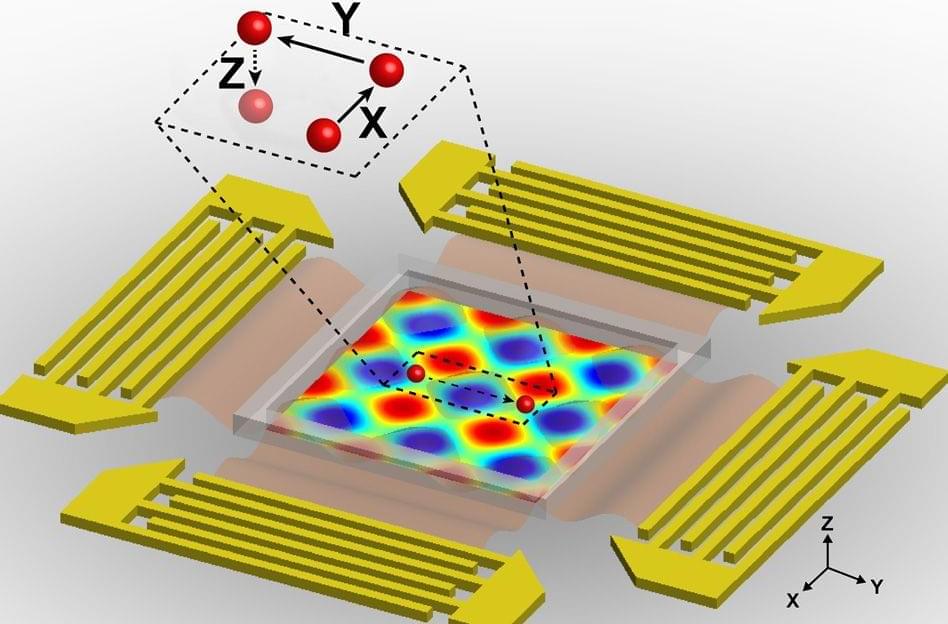After COVID vaccination, it usually takes weeks for our bodies to develop protective antibody responses. Imagine, however, a vaccine that speeds up the production of antibodies against SARS-CoV-2, the virus that spreads COVID-19.
A research team led by Rong Hai, an associate professor of microbiology and plant pathology at the University of California, Riverside, has developed such a vaccine by using preexisting immunity to a separate virus (the influenza virus) to help kickstart the process of making antibodies against SARS-CoV-2.
“Any delay in the immune response to SARS-CoV-2 means there is some time when people are left poorly protected against the virus,” Hai said. “Our vaccine is designed to get people those protective antibody responses faster, so they are not vulnerable to the coronavirus. This is better protection for everyone. It could be especially valuable for people who still lack immunity to SARS-CoV-2, such as children.”









